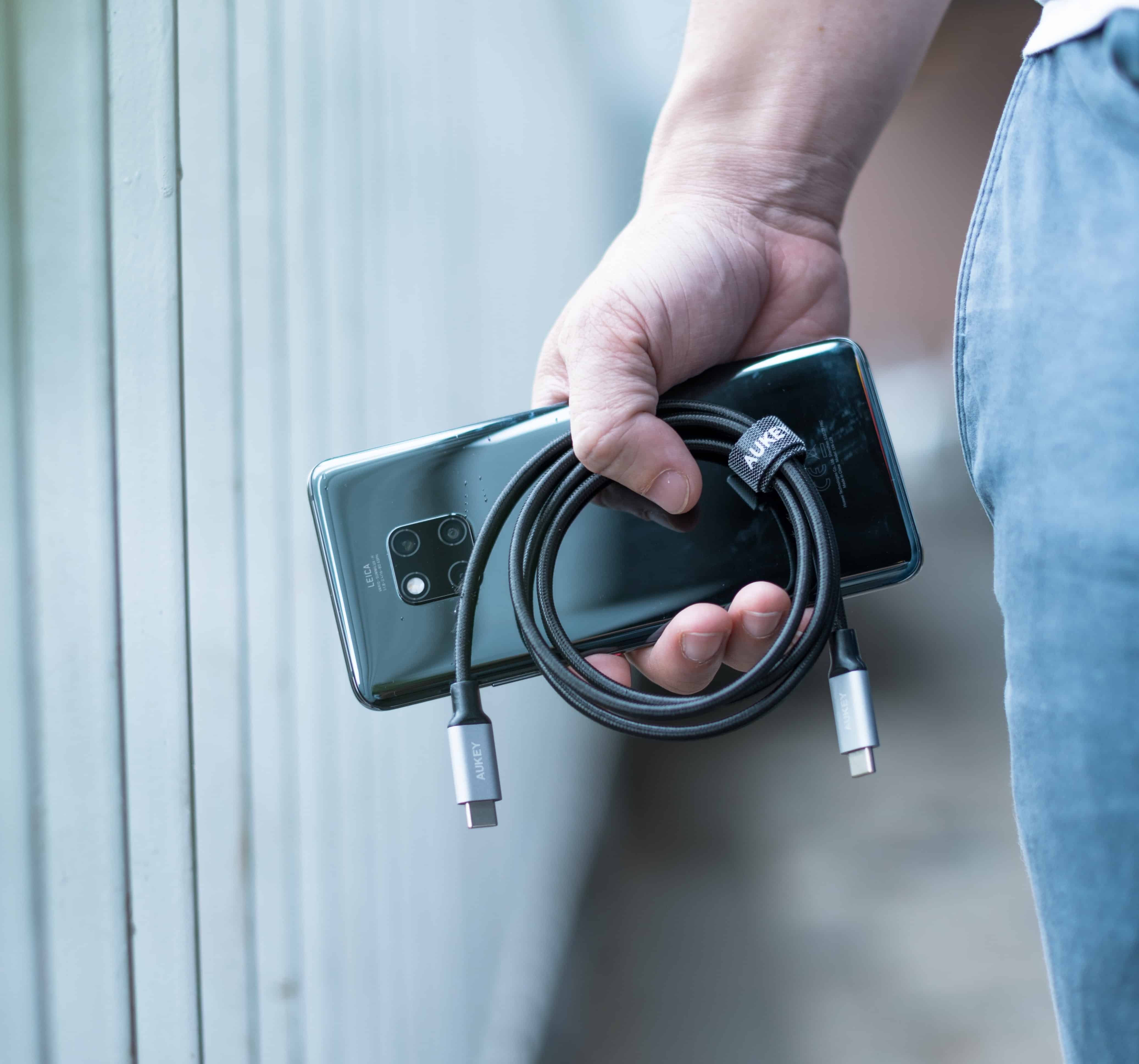
Despite the promise of universal connectivity, the realm of USB-C is tangled in a web of compatibility issues, variable charging rates, and transfer speeds. USB-C is not one standard, it is a family of standards which share a connector. Not all USB-C cables are alike, with diverse wire configurations dictating their data transfer rates and power delivery abilities. The new iPhone 15 series is set to embrace USB-C ports for the first time but with a caveat. According to rumours models will be limited to USB 2.0 speeds.
- The iPhone 15 series is adopting USB-C ports, but with potential limitations.
- USB-C’s promise of universality and convenience is complicated by its various standards and cable configurations.
- Future innovations will likely focus on standardizing charging rates, improving communication speeds, and simplifying naming conventions for ports and cables.
The promise of USB-C
USB-C, or USB Type-C, is lauded as the versatile, feature-rich connector set to streamline our digital lives. This compact, reversible plug has started to replace a multitude of different connectors, from the charging ports on smartphones and laptops to the data ports on hard drives and printers.
The promise of USB-C lies in its universal applicability. Across a range of devices – laptops, tablets, smartphones, gaming consoles, headphones, or mobile speakers – USB-C offers a consistent interface. This compatibility, combined with the plug’s compact format and the Power Delivery function, presents the potential to significantly reduce charging times and simplify peripheral connections.
USB-C: A family of standards
However, the reality of USB-C is more complex than the promise. Despite its physical uniformity, USB-C accommodates a family of standards with different capabilities. The terms USB 3.1, USB 3.2, USB4, and USB4 V2 do not just describe different generations of the protocol, but also distinct data transfer rates and power delivery capacities. The USB-C connector acts as a common physical interface for these different standards, but the capabilities of a USB-C port depend on the specifications of the device and the cable used.
USB-C cables themselves also vary widely in their wire configurations, which directly impact their data transfer and power delivery abilities. For instance, USB 3.2 cables, with their additional wires, can support faster data transfer and increased power output capabilities compared to their predecessors. However, to leverage these advanced features, all components – the source device, the USB cable, and the destination device – must be compatible.
Apple’s tryst with USB-C
Apple’s upcoming iPhone 15 series is set to join the USB-C bandwagon, albeit with some limitations. While the standard iPhone 15 models are expected to support only USB 2.0 transfer speeds, the Pro models are anticipated to offer higher transfer speeds, potentially up to USB 3.2 or Thunderbolt 3similar to the iPad Pro from Apple, which already features the USB-C connector. The new iPhones are also rumoured to require MFi-certified cables and accessories to fully leverage the benefits of the USB-C port. Non-certified accessories may result in performance issues, potentially damaging the device and voiding the Apple warranty.
The move to USB-C is driven in part by new European legislation, which mandates the use of USB-C in all portable devices by the end of 2023. However, the need for certified accessories suggests that the universal nature of the USB-C port may be limited by the need for specific cables and accessories.
A glimpse into the future of USB
Despite the current complexities of USB-C, future innovations are expected to focus on improving compatibility, standardizing charging rates and communication speeds, and enhancing the overall user experience. The USB Implementers Forum (USB-IF) has already provided guidelines for USB data performance language usage to simplify naming conventions and ensure consistent messaging.
Additionally, advancements in the USB Power Delivery (USB-PD) specifications may offer even higher power capabilities and greater convenience for charging various devices. There may also be efforts to further streamline and simplify the naming and labeling of USB ports and cables to reduce confusion and ensure seamless connectivity across devices.








